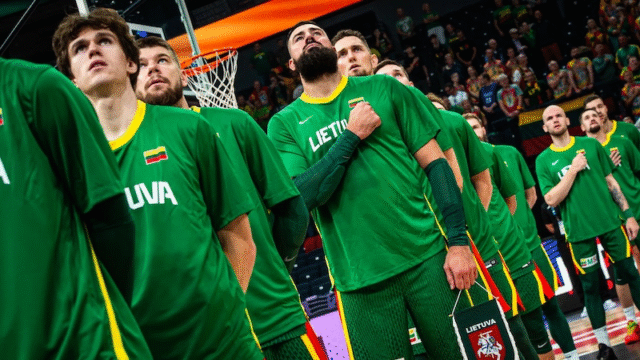Box scores from the first days in all four cities point to three swing factors. First, turnover percentage: teams that stay under 12% are winning disproportionately as live‑ball mistakes generate runouts in a tournament geared toward pace. Second, free‑throw rate: trips to the line stabilize offenses during cold shooting stretches and punish thin frontcourts. Third, offensive rebounding: even +3 on the glass can be the difference when shot quality is similar.
Germany’s win over Lithuania illustrated how pace control and selective crashing can coexist; France’s closing kick against Slovenia highlighted free throws and second‑chances in a tight fourth quarter; and Georgia’s upset of Spain underlined the rebounding tax of going small without elite gang‑rebounding. None of this is new, but the condensed EuroBasket calendar magnifies the math and elevates role players who excel in dirty‑work categories.
Expect coaches to adjust substitution patterns to protect defensive glass, target weaker rebounders in switches, and invest early fouls to prevent transition leaks that swing game flow.
The group phase runs from August 27 to September 4 across Riga (Group A), Tampere (Group B), Limassol (Group C) and Katowice (Group D). The Round of 16 is single-elimination on September 6–7, followed by quarterfinals on September 9–10, semifinals on September 12, and the final on September 14 in Riga. Twenty-four teams play five group games each, with the top four in every group advancing. These dates and the multi-host setup are defined by FIBA for EuroBasket 2025 and shape the tactical choices teams make during the first week.


